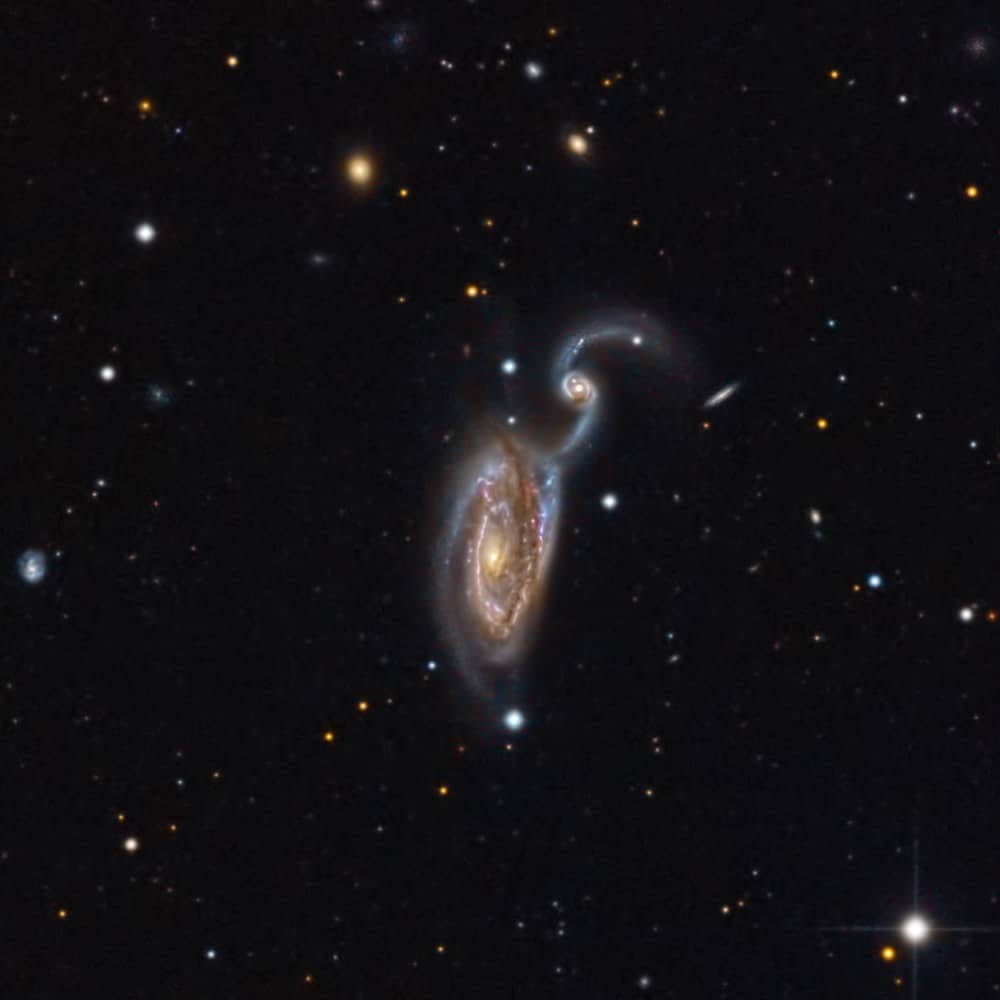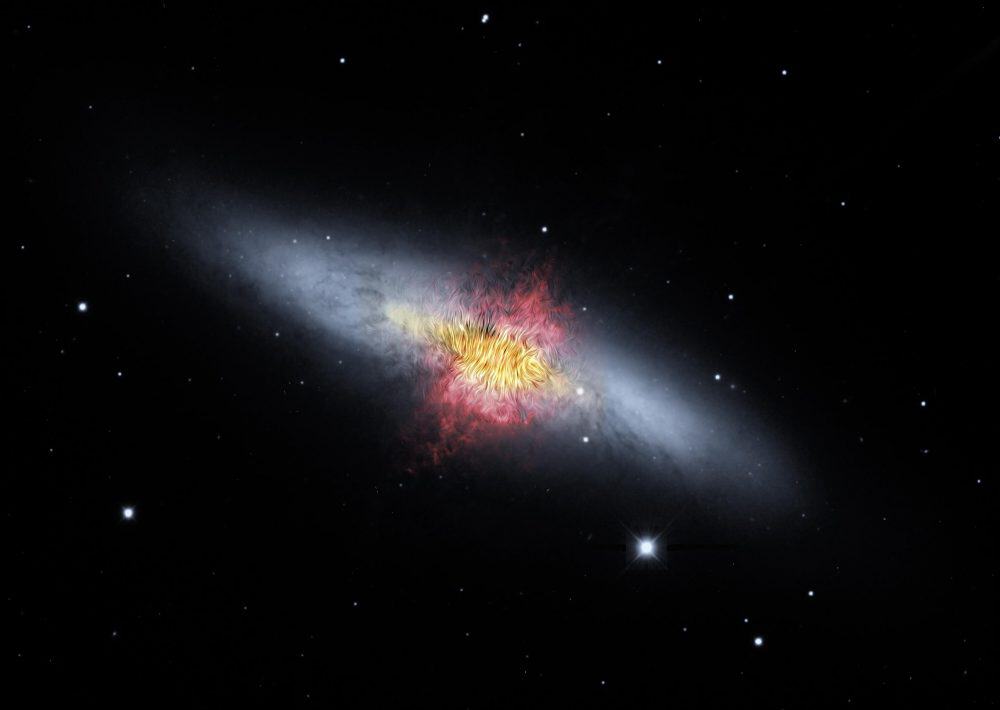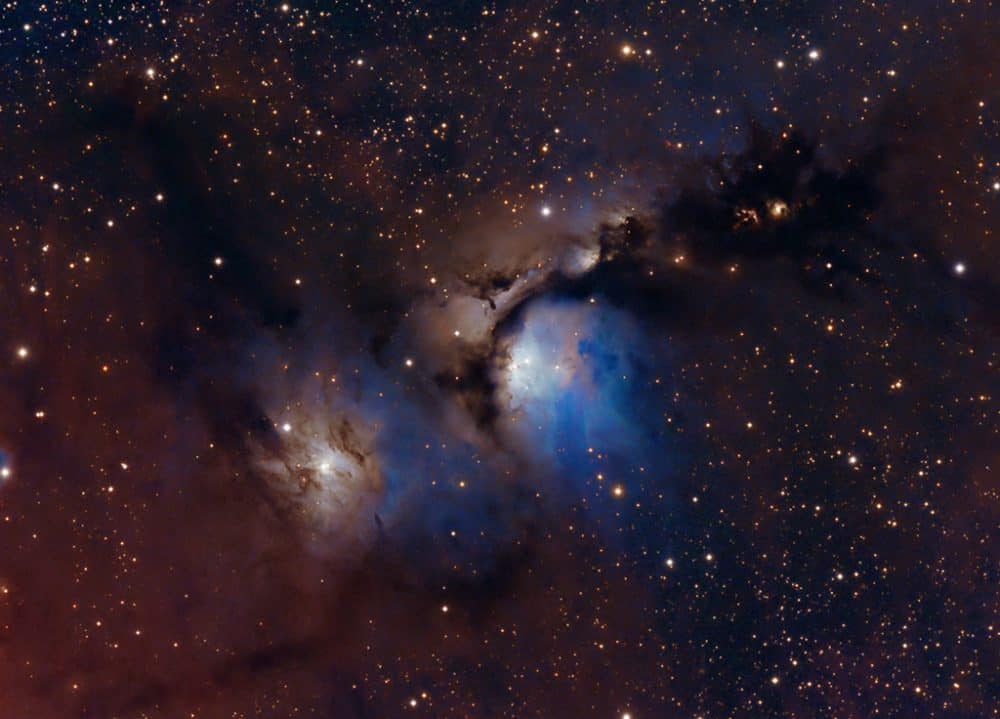Blog
Robert Keith McFerrin Jr.,also known as Bobby, (born March 11, 1950) is an American jazz vocalist and conductor. A ten-time Grammy Award winner, he is known for his unique vocal techniques, such as singing fluidly but with quick and considerable jumps in pitch—for example, sustaining a melody while also rapidly alternating with arpeggios and harmonies—as well as scat singing, polyphonic overtone singing, and improvisational vocal percussion. He is widely known for performing and recording regularly as an unaccompanied solo vocal artist. He has frequently collaborated with other artists from both the jazz and classical scenes.
McFerrin’s song “Don’t Worry, Be Happy” was a No. 1 U.S. pop hit in 1988 and won Song of the Year and Record of the Year honors at the 1989 Grammy Awards. McFerrin has also worked in collaboration with instrumentalists, including pianists Chick Corea, Herbie Hancock, and Joe Zawinul, drummer Tony Williams, and cellist Yo-Yo Ma.
McFerrin was born in Manhattan, New York City, the son of operatic baritone Robert McFerrin and singer Sara Copper. He attended Cathedral High School in Los Angeles and the California State University, Sacramento.[citation needed]
McFerrin’s first recorded work, the self-titled album Bobby McFerrin, was not produced until 1982, when McFerrin was already 32 years old. Before that, he had spent six years developing his musical style, the first two years of which he attempted not to listen to other singers at all, in order to avoid sounding like them. He was influenced by Keith Jarrett, who had achieved great success with a series of improvised piano concerts including The Köln Concert of 1975, and wanted to attempt something similar vocally.
more...Astor Pantaleón Piazzolla (Spanish pronunciation: [pjaˈsola], Italian pronunciation: [pjatˈtsɔlla]; March 11, 1921 – July 4, 1992) was an Argentine tango composer, bandoneon player, and arranger. His oeuvre revolutionized the traditional tango into a new style termed nuevo tango, incorporating elements from jazz and classical music. A virtuoso bandoneonist, he regularly performed his own compositions with a variety of ensembles.
In 1992, American music critic Stephen Holden described Piazzolla as “the world’s foremost composer of tango music”.
Piazzolla was born in Mar del Plata, Argentina, in 1921, the only child of Italian immigrant parents, Vicente “Nonino” Piazzolla and Assunta Manetti. His paternal grandfather, a sailor and fisherman named Pantaleo (later Pantaleón) Piazzolla, had immigrated to Mar del Plata from Trani, a seaport in the southeastern Italian region of Apulia, at the end of the 19th century. His mother was the daughter of two Italian immigrants from Lucca in Tuscany.
In 1925 Astor Piazzolla moved with his family to Greenwich Village in New York City, which in those days was a violent neighbourhood inhabited by a volatile mixture of gangsters and hard-working immigrants. His parents worked long hours and Piazzolla soon learned to take care of himself on the streets despite having a limp. At home he would listen to his father’s records of the tango orchestras of Carlos Gardel and Julio de Caro, and was exposed to jazz and classical music, including Bach, from an early age. He began to play the bandoneon after his father spotted one in a New York pawn shop in 1929.
https://www.youtube.com/watch?v=p1uTHTMnbTI
more...Alex or Aleck Miller (né Ford, possibly March 11 or December 5, 1912 – May 24, 1965), known later in his career as Sonny Boy Williamson, was an American blues harmonica player, singer and songwriter. He was an early and influential blues harp stylist who recorded successfully in the 1950s and 1960s. Miller used various names, including Rice Miller and Little Boy Blue, before calling himself Sonny Boy Williamson, which was also the name of a popular Chicago blues singer and harmonica player. To distinguish the two, Miller has been referred to as Sonny Boy Williamson II.
He first recorded with Elmore James on “Dust My Broom“. Some of his popular songs include “Don’t Start Me Talkin’“, “Help Me“, “Checkin’ Up on My Baby“, and “Bring It On Home“. He toured Europe with the American Folk Blues Festival and recorded with English rock musicians, including the Yardbirds, the Animals, and Jimmy Page. “Help Me” became a blues standard, and many blues and rock artists have recorded his songs.
Miller was born Alex Ford (pronounced “Aleck”) on the Sara Jones Plantation in Tallahatchie County, Mississippi. The date and year of birth are uncertain. He claimed to have been born on December 5, 1899, but David Evans, professor of music and an ethnomusicologist at the University of Memphis, claims to have found census records that he was born around 1912, being seven years old on February 2, 1920, the day of the census. His gravestone in or near Tutwiler, Mississippi, set up by record company owner Lillian McMurry twelve years after his death, gives his date of birth as March 11, 1908, but has no basis for being recognized as accurate.
https://www.youtube.com/watch?v=WBW9hYLsSHE
more...NGC 5395 and 5394, together known as Arp 84 or the Heron Galaxy, are two interacting galaxies located just over 160 million light-years away from Earth in the small northern constellation of Canes Venatici (the Hunting Dogs). It takes little imagination to see a blue heron’s body, complete with neck, head and a beak reaching out to a nearby fish.
The larger, NGC 5395, is a somewhat elongated, nearly face-on spiral galaxy of about 140 thousand light-years across, located about 162 million light-years away from Earth, while it receding from us at approximately 3511 kilometers per second. NGC 5394, also face-on galaxy, is a barred spiral of about 90 thousand light-years across, located 161 million light-years away, while it is receding from us at approximately 3448 kilometers per second.
The main disk of NGC 5395, with a bright, elongated central region, is asymmetric and distorted due to interaction with its nearby companion NGC 5294. The dominant spiral arm of this two-armed spiral galaxy forms a large ring somewhat off center with respect to the nucleus. Obscuring dust lanes can be seen throughout the galaxy.
The smaller galaxy, NGC 5394, has an oval disk, two long, fairly symmetric, open tidal arms, and very bright inner spiral arms, disjoint from the outer tidal arms. Most of the gas in NGC 5394 is concentrated around the center, so is suitable for fueling the ongoing starburst in its center. Despite the presence of hydrogen gas, two of the three inner spiral arms of NGC 5394 show no evidence of ongoing star formation.
On June 25, 2000 the Type Ic supernova SN 2000cr was discovered in NGC 5395, northeast of the nucleus.
Types Ic (and Ib) supernovae are caused by the core collapse of massive stars and are usually referred to as stripped core-collapse supernovae. These stars have shed (or been stripped of) their outer envelope of hydrogen, and lack the absorption line of silicon. Compared to Type Ib, Type Ic supernovae have lost more of their initial envelope, including most of their helium.
more...
Norman Blake (born March 10, 1938) is a traditional American stringed instrument artist and songwriter.
Blake was born in Chattanooga, Tennessee, and grew up in Sulphur Springs, Alabama. He listened to old-time and country music on the radio by the Carter Family, the Skillet Lickers, Roy Acuff, and the Monroe Brothers (Charlie and Bill Monroe). He learned guitar at age 11 or 12, then mandolin, dobro, and fiddle in his teens. When he was 16, he dropped out of school to play music professionally.
In the 1950s, Blake joined the Dixieland Drifters and performed on radio broadcasts, then joined the Lonesome Travelers. When he was drafted in 1961, he served as an Army radio operator in the Panama Canal Zone. He started a popular band known as the Kobbe Mountaineers. A year later, while he was on leave, he recorded the album Twelve Shades of Bluegrass with the Lonesome Travelers.
more...John Donald “Don” Abney (March 10, 1923 – January 20, 2000) was an American jazz pianist.
Abney was born in Baltimore, Maryland. He studied piano and french horn at the Manhattan School of Music, and he played the latter in an Army band during military service.
After returning from the army he played in ensembles with Wilbur de Paris, Bill Harris, Kai Winding, Chuck Wayne, Sy Oliver, and Louis Bellson. He had a sustained career as a session musician, playing on recordings for Louis Armstrong, Benny Carter, Oscar Pettiford, Ella Fitzgerald, Carmen McRae, Sarah Vaughan, Eartha Kitt, and Pearl Bailey. He also played on a large number of recordings for more minor musicians and on R&B, pop, rock, and doo wopreleases.
more...https://www.youtube.com/watch?v=C2a5V9Igrlc
more...The Cigar Galaxy is the archetypal starburst galaxy, having experienced two recent spates of star formation. One occurred10 million years ago in its nucleus, and another sprang up 5 million years ago in a ring around the galaxy’s core. This froth of starbirth drives a so-called galactic superwind: dust, gas, and radiation that flow out of the galaxy and into intergalactic space.
To observe this wind, Terry Jay Jones (University of Minnesota) and colleagues applied for time on NASA’s SOFIA airborne observatory, which soars above much of the atmosphere that would absorb the infrared light it’s designed to collect. A modified Boeing 747 flies the 2.7-meter telescope in whatever careening trajectories are necessary to best view its targets that night.
Jones and colleagues used the High-resolution Airborne Wideband Camera-plus (HAWC+) instrument aboard SOFIA to observe far-infrared light (at wavelengths of 53 and 154 microns) coming from the Cigar Galaxy. Hot dust within giant, gaseous star-factory clouds emits this light. But dust isn’t perfectly spherical; dust grains tend to be oblong, and they tend to align with the ambient magnetic field that threads the galaxy. So the emission from these dust grains is polarized in a way that tells astronomers which way the magnetic field is pointing.
What Jones’s team found was that within 2,000 light-years of the galaxy’s center, the wind that charges into intergalactic space carries the galaxy’s magnetic field along with it. The polarization in the image above shows that the magnetic field is pretty much vertical in this central region. Outside this region, the magnetic field is horizontal, threading the plane of the galaxy.
more...
Zakir Hussain (born 9 March 1951) is a tabla virtuoso, composer, percussionist, music producer, film actor and eldest son of legendary tabla player Ustad Allah Rakha.
He was awarded the Padma Shri in 1988, and the Padma Bhushan in 2002, by the Government of India presented by President Abdul Kalam. He was also awarded the Sangeet Natak Akademi Award in 1990, given by the Sangeet Natak Academy, India’s National Academy of Music, Dance & Drama. In 1999, he was awarded the United States National Endowment for the Arts‘ National Heritage Fellowship, the highest award given to traditional artists and musicians.
Zakir Hussain was born March 9, 1951 in a nursing home in Mahim at about 9:45 p.m. on a Friday. Hussain was born to tabla player Alla Rakha. His mother’s name was Bavi Begum. It was said that Hussain was an ‘unlucky’ child since his father was extremely ill around the time of his birth. A short while after his birth, a holy individual by the name of Gyani Baba appeared at Hussain’s house and told his mother to name their son Zakir Hussain. Although their family name is Qureshi, Zakir was given the surname Hussain. Gyani Baba predicted that Zakir would save Allah Rakha. Within four years, Allah Rakha’s health was back to normal. He attended St. Michael’s High School in Mahim, and briefly attended St. Xavier’s College, Mumbai.
more...Dorothy Jacqueline Keely (March 9, 1928 – December 16, 2017), better known as Keely Smith, was an American jazz and popular music singer, who performed and recorded extensively in the 1950s with then-husband Louis Prima, and throughout the 1960s as a solo artist.
Born in Norfolk, Virginia, Smith was of Irish and Cherokee ancestry. Jesse Smith, her stepfather, was a carpenter, and her mother took in laundry to earn money to buy gowns for Smith to wear when she performed.
When Smith was 11 years old, she sang regularly as a cast member of The Joe Brown Radio Gang program on a Norfolk station. At age 14, Smith sang with a naval air station band led by Saxie Dowell. At 15, she got her first paying job with the Earl Bennett band. She saw Louis Prima perform in New York City in 1949. They recorded together in 1949 and married on July 13, 1953.
Their songs included Johnny Mercer‘s and Harold Arlen‘s “That Old Black Magic,” which was a Top 20 hit in the US in 1958. At the 1st Annual Grammy Awards in 1959, Smith and Prima won the first Grammy for Best Performance by a Vocal Group or Chorus for “That Old Black Magic”. Her deadpan act was popular with fans. The duo followed up with the minor successes “I’ve Got You Under My Skin” and “Bei Mir Bist Du Schoen“, a revival of the 1937 Andrews Sisters hit.
more...Randolph Denard Ornette Coleman (March 9 or 19, 1930– June 11, 2015) was an American jazz saxophonist, violinist, trumpeter, and composer. In the 1960s, he was one of the founders of free jazz, a term he invented for his album Free Jazz: A Collective Improvisation. His “Broadway Blues” has become a standard and has been cited as an important work in free jazz. His album Sound Grammar received the 2007 Pulitzer Prize for music.
Coleman was born in 1930 in Fort Worth, Texas where he was raised.
In 1959 Atlantic released The Shape of Jazz to Come According to music critic Steve Huey, the album “was a watershed event in the genesis of avant-garde jazz, profoundly steering its future course and throwing down a gauntlet that some still haven’t come to grips with.” Jazzwise listed it No. 3 on their list of the 100 best jazz albums of all time.
Coleman’s quartet received a long – and sometimes controversial – engagement at Five Spot jazz club in New York City. Leonard Bernstein, Lionel Hampton, and Modern Jazz Quartet were impressed and offered encouragement. Hampton asked to perform with the quartet; Bernstein helped Haden obtain a composition grant from the John Simon Guggenheim Memorial Foundation. But trumpeter Miles Davis said Coleman was “all screwed up inside” although he recanted this comment and became a proponent of Coleman’s innovations.
Coleman’s early sound was due in part to his use of a plastic saxophone. He bought a plastic horn in Los Angeles in 1954 because he was unable to afford a metal saxophone, though he didn’t like the sound of the plastic instrument at first.
more...Interstellar dust clouds and bright nebulae abound in the fertile constellation of Orion. One of the brightest, M78, is near the center in this colorful telescopic view, covering an area north of Orion’s belt. At a distance of about 1,500 light-years, the bluish nebula itself is about 5 light-years across. Its blue tint is due to dust preferentially reflecting the blue light of hot, young stars in the region. Dark dust lanes and other nebulae can easily be traced through the gorgeous skyscape that includes many Herbig- Haro objects, energetic jets from stars in the process of formation. But missing from this image is McNeil’s nebula. A major discovery only recognized in 2004, the enigmatic, variable nebula was found along the dark lane of dust above and right of larger M78. McNeil’s nebula is associated with a protostar and seen to be sometimes present and sometimes absent in photos of the well-imaged region. McNeil’s nebula faded from view late last year and is still absent in this deep image recorded in February 2019.
more...Gábor István Szabó (March 8, 1936 – February 26, 1982) was a Hungarian American guitarist whose style incorporated jazz, pop, rock, and Hungarian music.
In 1961, Szabo became a member of quintet that was led by Chico Hamilton and included Charles Lloyd, playing what has been described as chamber jazz, with “a moderate avant-gardism”. Szabo was influenced by the rock music of the 1960s, particularly the use of feedback. In 1965 he was in a jazz pop group led by Gary McFarland, then worked again with Lloyd in an energetic quartet with Ron Carter and Tony Williams. The song “Gypsy Queen” from Szabo’s debut solo album Spellbinder became a hit for rock guitarist Carlos Santana. During the late 1960s, Szabo worked in a group with guitarist Jimmy Stewart He started the label Skye Records with McFarland and Cal Tjader.
more...George Edward Coleman (born March 8, 1935) is an American jazz saxophonist known for his work with Miles Davis and Herbie Hancock in the 1960s. In 2015, he was named an NEA Jazz Master.
After working with Ray Charles, Coleman started working with B.B. King in 1953, at which point he switched to tenor saxophone. In 1956 Coleman moved to Chicago, along with Booker Little, where he worked with Gene Ammons and Johnny Griffin before joining Max Roach‘s quintet (1958–1959). Coleman recorded with organist Jimmy Smith on his album Houseparty(1957), along with Lee Morgan, Curtis Fuller, Kenny Burrell, and Donald Bailey. Moving to New York City with Max Roach in that year, he went on to play with Slide Hampton (1959–1962), Ron Carter, Jimmy Cobb, and Wild Bill Davis (1962), before joining Miles Davis’ quintet in 1963–1964.
His albums with Davis (and the rhythm section of Herbie Hancock (piano), Ron Carter (bass), and Tony Williams (drums)) are Seven Steps to Heaven (1963), A Rare Home Town Appearance (1963), Côte Blues (1963), In Europe (1963), My Funny Valentine, and Four & More, both live recordings of a concert in Lincoln Center for the Performing Arts in New York Cityin February 1964. Shortly after this concert, Coleman was replaced by Wayne Shorter. Nevertheless, Davis retained a high opinion of Coleman’s playing, stating that “George played everything almost perfectly…He was a hell of a musician.” Coleman played with Lionel Hampton (1965–1966), also in 1965 on Chet Baker‘s The Prestige Sessions, with Kirk Lightsey, Herman Wright, and Roy Brooks. Clark Terry, Horace Silver, Elvin Jones (1968), Shirley Scott (1972), Cedar Walton (1975), Charles Mingus (1977–1978), Ahmad Jamal (1994, 2000), and many others.
more...More Posts
- Nicky Hopkins
- David “Fathead” Newman
- Eddie Chamblee
- World Music with Staritsa
- Daily Roots with Bob Marley
- Cosmos The Orion Molecular Cloud Complex
- Wayne Escoffery
- Money Johnson
- Johnny Winter
- Esteban Steve Jordan
- George Frideric Handel
- World Music with Mamak Khadem
- Daily Roots with Don Carlos
- Cosmos NGC 6217
- Ernie K Doe
- Joe LaBarbera
- Joe Wilder
- Rex Stewart
- Buddy Tate
- World Music with Black String



